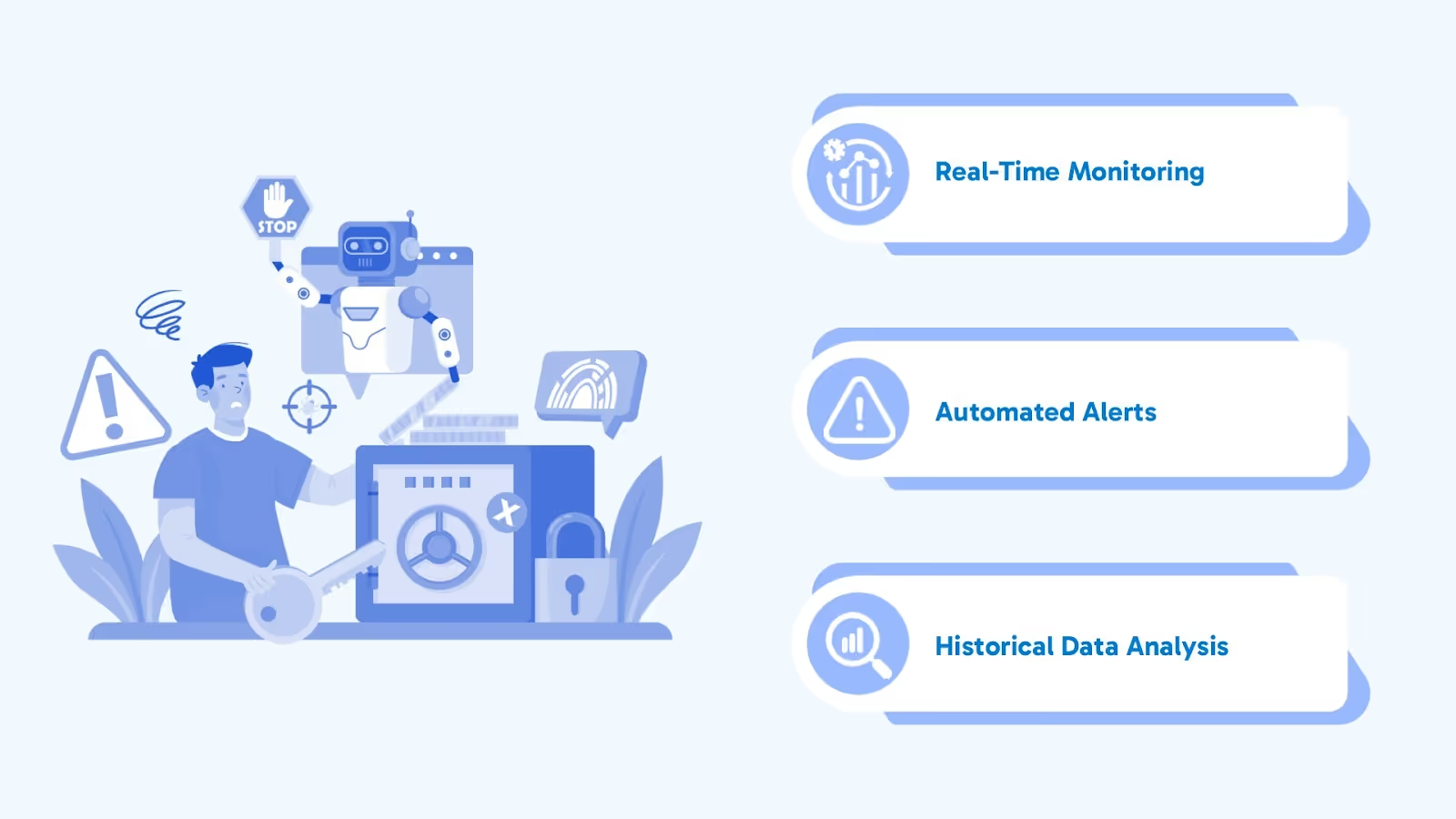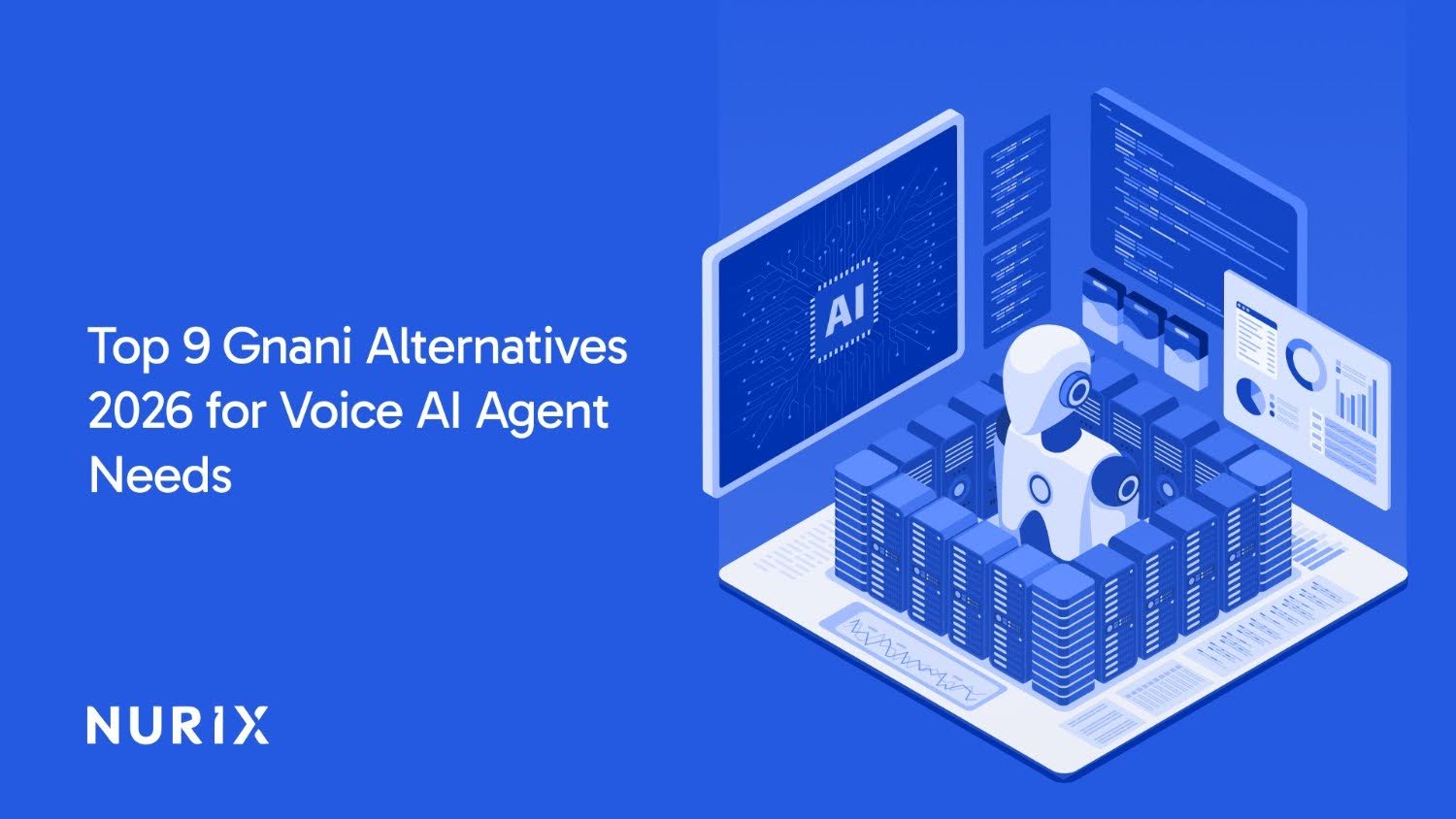Use Cases of AI and RPA in the Insurance Industry

In today's fast-paced world, RPA and AI in the insurance industry are changing how insurers work. By combining RPA and AI in insurance companies are simplifying processes, improving customer experiences, and driving operational efficiency. This blog looks at the use cases of AI and RPA in insurance and how they deliver big results across the board.
Before diving into specific use cases, it's essential to understand what AI and RPA are and how they function.
AI and RPA Explained
- Artificial Intelligence (AI) is giving computers a brain. It lets them learn from data, recognize patterns, and make decisions that would normally require human intelligence. Imagine your favorite streaming service recommending shows based on what you've watched – that's AI in action, learning your preferences and making personalized recommendations.
- Robotic Process Automation (RPA) is about automating tasks that don't require human judgment. Think of it as a super-efficient digital assistant that handles repetitive tasks like data entry or processing transactions much faster and more accurately than a human could. If you've ever automated an email response or used a chatbot to get quick answers, you've seen RPA in action.
In essence, AI is about making machines smart and adaptable, while RPA focuses on making them efficient and precise.
Now that we have a basic understanding of AI and RPA, let's explore the significant benefits these technologies offer when integrated into insurance operations.
Key Benefits of Integrating AI and RPA in the Insurance Industry
Integrating RPA and AI in the insurance industry offers numerous benefits to insurance companies, transforming their operations significantly.
- Increased Efficiency: Automation of repetitive tasks reduces processing time and increases operational efficiency. This means faster policy issuance, claims processing, and customer service responses.
- Enhanced Accuracy: AI-driven analytics and RPA's precision in task execution reduces human error. For example, RPA can eliminate data entry mistakes, and AI can ensure data accuracy through intelligent validation.
- Cost Savings: By automating repetitive tasks, insurance companies can reduce labor costs and operational expenses. RPA can handle high-volume tasks at a lower cost than manual processing; AI can optimize resource allocation.
- Improved Customer Experience: Personalized interactions powered by AI and quick, accurate responses powered by RPA means happy customers. AI chatbots provide 24/7 support, and RPA handles customer requests promptly.
With a clear grasp of their benefits, let's delve into specific use cases where AI and RPA are making a substantial impact in the insurance industry.
Use Cases of AI and RPA in the Insurance Industry
1. Claims Processing Automation
RPA and AI in the insurance industry are changing the way claims are processed by automating repetitive tasks and reducing manual errors. This means faster and more accurate claims handling.
- Faster Claim Processing: Automated systems do data entry and validation, reducing the time taken to process claims. AI-driven RPA can significantly reduce claim handling time.
- Enhanced Accuracy: AI algorithms cross-check claims data with historical patterns, minimizing human errors. This means claims processing is accurate and reliable.
- Improved Customer Satisfaction: With faster claim resolutions, customer satisfaction increases. Automation means customers get timely updates and resolutions and a better overall experience.
2. Customer Service Enhancement
RPA and AI in the insurance industry improve customer service by automating routine tasks and providing instant support through AI chatbots and virtual assistants.
- 24/7 Support: AI chatbots provide round-the-clock support, answering customer queries anytime. This continuous support improves customer experience by providing timely responses.
- Personalized Interactions: AI analyses customer data to offer customized solutions and recommendations. This personalization means customers get relevant and customized support.
- Reduced Operational Costs: By automating routine queries, RPA allows human agents to focus on complex issues. This reduces operational costs and improves efficiency.
Example: Lemonade Insurance employs AI chatbots that handle 90% of customer interactions, allowing human agents to focus on complex cases (source).
3. Fraud Detection and Prevention

RPA and AI in the insurance industry are necessary to detect and prevent fraud. These technologies can analyze large amounts of data to detect and address fraud.
- Real-Time Monitoring: AI algorithms monitor transactions and patterns to detect anomalies that may indicate fraud.
- Automated Alerts: RPA triggers alerts for suspicious activities so swift action can be taken to prevent fraud. This proactive approach reduces fraud claims.
- Historical Data Analysis: AI looks at past claims and transaction data to identify trends and fraud patterns, improving fraud detection.
Example: Zurich Insurance uses AI to detect fraudulent claims by analyzing historical data and transaction patterns, reducing fraud significantly. (source).
4. Underwriting Process Optimization
RPA and AI in the insurance industry optimize the underwriting process by collecting and analyzing data. This speeds up decision-making and improves accuracy.
- Accelerated Risk Assessment: AI uses multiple data sources to assess risk, speeds up the underwriting process, and gives more accurate risk ratings.
- Enhanced Accuracy: RPA extracts and enters data, reduces human error, and ensures accurate underwriting decisions.
- Cost Reduction: Automated processes reduce operational costs and overall efficiency by less manual intervention.
Example: AXA utilizes AI to analyze customer data for risk assessment, reducing underwriting time significantly. (source).
5. Policy Administration and Management
RPA and AI in the insurance industry simplify policy administration by automating routine tasks and managing policy data.
- Efficient Policy Updates: RPA manages policy changes and renewals without manual intervention and ensures all policy records are up-to-date.
- Improved Data Accuracy: AI ensures data consistency across multiple policy records, reduces errors, and improves policy information reliability.
- Enhanced Compliance: Automated systems ensure compliance with regulatory requirements by maintaining accurate and compliant policy records.
Example: MetLife employs RPA to handle policy changes and renewals, improving efficiency and reducing errors (source).
6. Risk Management and Assessment
RPA and AI in the insurance industry provide advanced risk management capabilities by analyzing data and generating insights for better risk assessment.
- Predictive Analytics: AI uses historical data and trend analysis to predict potential risks. This predictive capability helps insurers to anticipate and mitigate risks before they become critical.
- Automated Risk Reporting: RPA generates detailed risk reports, aids decision-making, and provides insights into potential risk factors.
- Proactive Risk Mitigation: AI identifies emerging risks and suggests preventive measures to address them, reducing the likelihood of adverse outcomes.
Example: Munich Re uses AI for risk prediction and management, resulting in more proactive risk mitigation strategies (source).
7. Regulatory Compliance
RPA and AI in the insurance industry help in compliance by automating compliance checks and generating required documents.
- Automated Compliance Reporting: RPA generates reports for regulatory submissions so all compliance requirements are met accurately and on time.
- Real-Time Monitoring: AI monitors compliance and identifies potential issues so you can take corrective actions immediately.
- Error Reduction: Automation reduces human error in compliance processes so all regulatory requirements are met consistently.
Example: Prudential uses RPA to streamline compliance documentation and reporting, ensuring adherence to regulations and reducing the risk of non-compliance (source).
8. Customer Onboarding and KYC
RPA and AI in the insurance industry help in customer onboarding by automating document verification and the KYC process.
- Automated Document Verification: RPA verifies customer documents, speeding up onboarding and reducing manual review.
- Enhanced Customer Identification: AI analyzes customer data to improve identification, so onboarding is faster and more secure.
- Reduced Onboarding Time: Automation onboards customers faster so they can start their insurance sooner.
Example: Many insurance companies, like Progressive, utilize automated KYC processes to streamline customer onboarding, reducing time significantly. (source).
9. Marketing and Customer Acquisition
RPA and AI in the insurance industry help in marketing and customer acquisition by providing insights and automating campaigns.
- Targeted Campaigns: AI analyzes customer data to create campaigns that reach the right customer with personalized messages.
- Predictive Customer Insights: AI predicts customer behavior and preferences so insurers can tailor their marketing and customer acquisition.
- Automated Lead Generation: RPA automates lead generation so insurers can capture and nurture leads better.
Example: Allstate Insurance uses AI-based marketing strategies to enhance its customer acquisition efforts, leveraging predictive insights and automation to improve marketing effectiveness (source).
10. Claims Settlement and Payouts

RPA and AI in the insurance industry help in claims settlement by automating calculations and speeding up the payout process.
- Automated Payout Calculations: RPA handles complex calculations, so accuracy and processing time is reduced.
- Accelerated Settlement Processes: AI and RPA settle the process faster, so payouts are faster and customer satisfaction is improved.
- Improved Accuracy in Payments: Automated systems eliminate errors in payment calculations so customers get accurate and timely payouts.
Example: State Farm's automated claims settlement system has enhanced efficiency and accuracy, resulting in faster payouts and improved customer satisfaction (source).
While RPA and AI in the insurance industry offer significant benefits, their implementation comes with challenges. Addressing these challenges effectively is crucial for successful integration.
Challenges and Solutions in Implementing AI and RPA in the Insurance Industry
While RPA and AI in the insurance industry offer significant benefits, their implementation comes with challenges. Addressing these challenges effectively is crucial for successful integration.
Conclusion
RPA and AI in the insurance industry are changing the way insurance works, making it more efficient, accurate, and customer-centric. Automate the mundane and use intelligent data analysis to streamline your operations and deliver personalized, timely services to your customers. As the industry evolves, embracing these technologies is no longer an option but a necessity to stay ahead of the competition and meet the demands of modern customers.
Don't get left behind in the digital revolution! Find out how Nurix AI can transform your insurance operations with AI and RPA. Get in touch today for a consultation and start living in the future of insurance.









